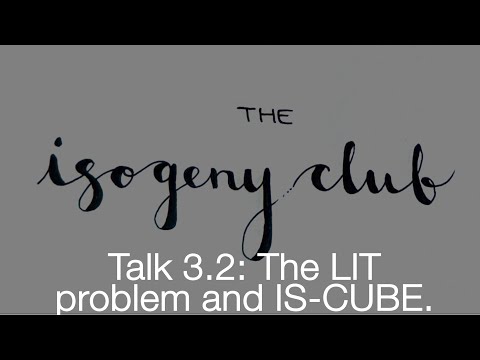Welcome to the resource topic for 2023/1506
Title:
IS-CUBE: An isogeny-based compact KEM using a boxed SIDH diagram
Authors: Tomoki Moriya
Abstract:Isogeny-based cryptography is one of the candidates for post-quantum cryptography. One of the benefits of using isogeny-based cryptography is its compactness. In particular, a key exchange scheme SIDH forgave us to use a 4\lambda-bit prime for the security parameter \lambda.
Unfortunately, SIDH was broken in 2022 by some studies. After that, some isogeny-based key exchange and public key encryption schemes have been proposed; however, most of these schemes use primes whose sizes are not guaranteed as linearly related to the security parameter \lambda. As far as we know, the rest schemes have not been implemented due to the computation of isogenies of high dimensional abelian varieties, or they need to use a ``weak" curve (\textit{i.e.}, a curve whose endomorphism ring is known) as the starting curve.
In this study, we propose a novel compact isogeny-based key encapsulation mechanism named IS-CUBE via Kani’s theorem and a 3-dimensional SIDH diagram. A prime used in IS-CUBE is of the size of about 8\lambda bits, and its starting curve is a random supersingular elliptic curve. The core idea of IS-CUBE comes from the hardness of some already known computational problems and the novel computational problem (the Computational Long Isogeny with Torsion (CLIT) problem), which is the problem to compute a hidden isogeny from given two supersingular elliptic curves and information of torsion points of a relatively small order. From our PoC implementation of IS-CUBE via \textsf{sagemath}, it takes about 4.34 sec for the public key generation, 0.61 sec for the encapsulation, and 17.13 sec for the decapsulation if \lambda = 128.
ePrint: https://eprint.iacr.org/2023/1506
See all topics related to this paper.
Feel free to post resources that are related to this paper below.
Example resources include: implementations, explanation materials, talks, slides, links to previous discussions on other websites.
For more information, see the rules for Resource Topics .
